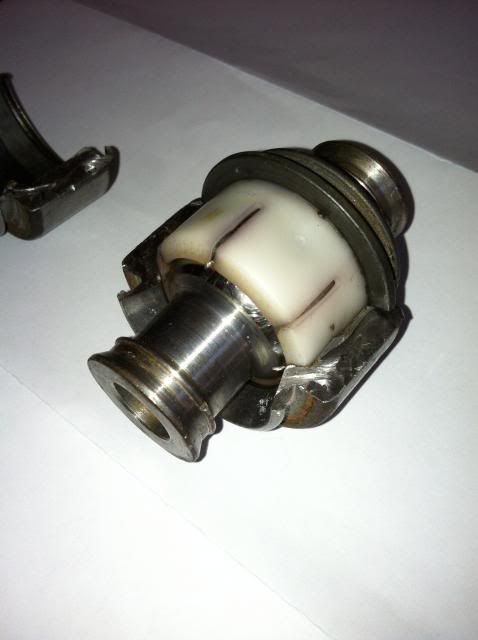Lazlo...I had delrin bushings in my '56 up front before I tore it all apart. I had the Global West stuff. The car was already pretty stiff up front to be honest and the ride wasn't good (with the poly bushings I had before the delrin). After I put the delrin bushings in, I honestly didn't notice any ride quality difference, but it wasn't exactly a Cadillac to start with. I don't know how it will be on a C4, but I will likely find out (on the front at least). I've had two bad experiences with poly bushings so I'm gonna avoid them from now on. Just my personal opinion. Once it's all done you can see what you think...deal?
Also, as far as wear and tear goes on the delrin, without sleeves yeah I agree. It would break down. The Global West ones have sleeves on the ID and the OD of the delrin piece. http://www.globalwest.net/1060.html




 Reply With Quote
Reply With Quote




